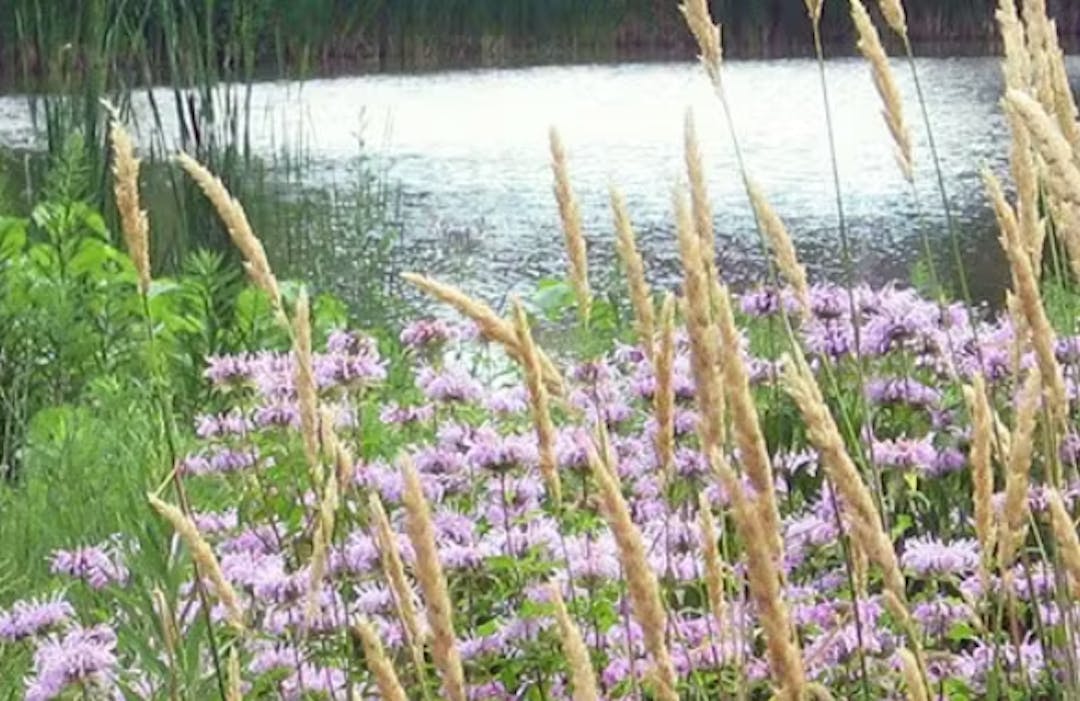Environmental Standards Review

UPDATE | June 17, 2024 | The City of Bloomington City Council held the public hearing for Low-Density Residential Environmental Standards code amendments and passed the ordinance for proposed changes. More information about this meeting can be found at City Meetings - Agendas, Webcasts, and Documents.
The Environmental Standards Review (ESR) aims to study environmental standards for tree preservation, slopes, wildlife and habitat, and landscaping for low-density residential development to ensure that we are protecting our precious environmental assets while addressing the needs of our residents.
As part of this project, the Planning Division is asking residents and other relevant stakeholders to share their thoughts about environmental standards for low-density residential properties and development, particularly comments about the clarity of regulations, what environmental assets you would like to see more of in the community, and/or comments or concerns about adopting additional or more stringent requirements.
This project will advance in Q1 2024 with a Study Item Session to Planning Commission and then to City Council. Further action will be determined from these Study Item Sessions, and updates will be provided post-Meetings.
Topics and Themes
Trees provides significant benefit to the ecosystem by managing stormwater, supporting soil health, providing habitat for wildlife and other plants, and increasing our wellbeing through improved mental health, air quality, and temperature regulation benefits.
Tree Preservation typically covers protection, planting, replacement, and removal activities to ensure that negative impacts are mitigated and the health and resiliency of the tree canopy is maintained over time.
Slopes are unique geological features that provide habitat and steer the flow of water and stormwater to waterbodies and valleys. Slopes are highly susceptible to soil erosion and disruption and can be particularly vulnerable to impacts stemming from human activities and development.
Protecting slopes typically encompasses preventing increased stormwater runoff onto slopes, slope stabilization through techniques like planting vegetation, and minimizing soil disturbance through buffers, grading permits, and development and construction restrictions.
Wildlife and Habitat are important parts of the urban ecosystem. Habitat supports plant species that help with carbon sequestration, stormwater and filtration, pollination, and urban heat island. Wildlife, like insect pollinators and birds, need habitat (trees, grasses, shrubs and bushes) for food, reproduction, and wellbeing. Managing urban ecosystems is a challenging endeavor because of the tremendous human influence and unpredictable weather patterns that can greatly impact the environment. Connected habitat areas are important, but not the only indicator for thriving habitats due to the vast needs of different species, including humans.
Wildlife and habitat standards typically focus on maintaining high quality nature and habitat areas, creating habitat through things like tree planting programs and native landscaping campaigns, identifying sensitive areas and species for protection, and converting prioritized habitats into public land. It is a focused effort between tree preservation, slope maintenance, landscaping, and other regulations to support wildlife and habitat ecosystems.
Landscaping regulations can encourage the creation of habitat for pollinators, birds, and other species, as well has manage urban heat island effects, stormwater management, carbon sequestration, and increase resiliency to ecosystem changes. Native landscaping Code changes are currently being explored by an interdepartmental team at the City of Bloomington that would support more native landscaping in the community. Changes to landscaping policies would give guidance to residents on planting and maintaining native landscaping and regulations would outline items for enforcement, setbacks, and plant heights, and other specifics.



